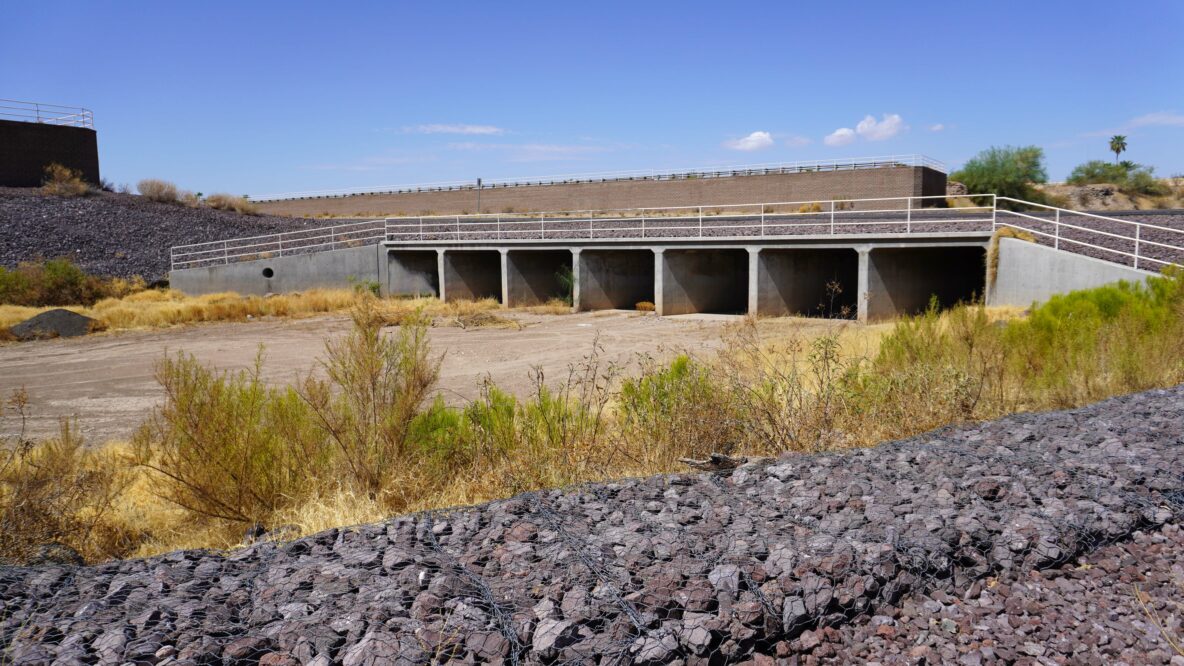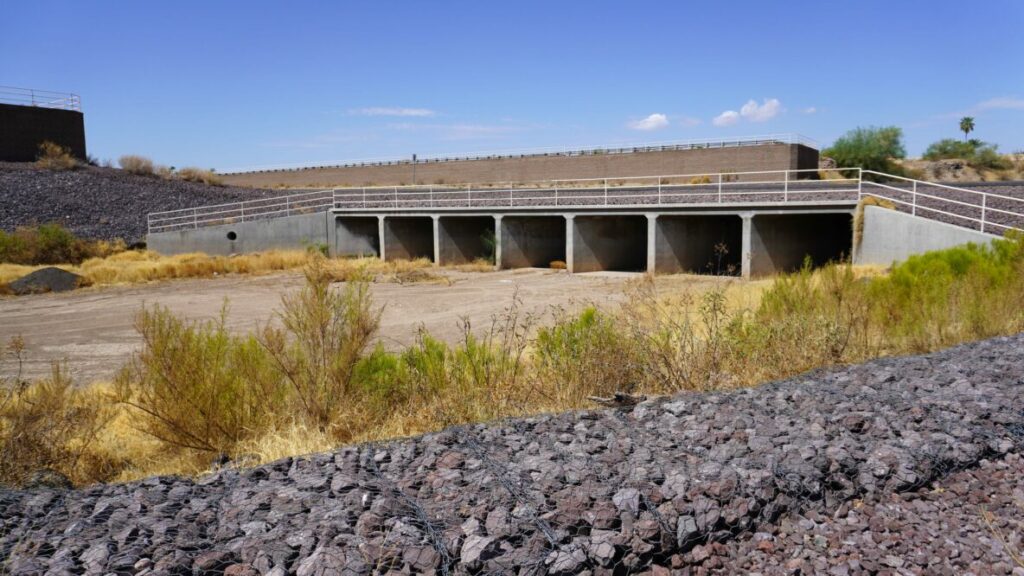The intersection of a transportation route and a natural stream or drainage feature represents a confluence of conflicting purposes. On one hand, the transportation route provides a connecting link for society and enables seamless mobility between system nodes. On the other hand, waterways are essential for maintaining life-sustaining connections for both natural and built ecosystems. Striking a balance between these often-conflicting connecting links by implementing well-planned and effective drainage crossings can preserve the integrity of both systems. Achieving this desired balance is done by taking a comprehensive perspective on the watershed, leveraging advanced modeling tools for complex conditions, and embracing risk-based analyses of the crossing. In this article, we will explore these key considerations and strategies involved in achieving this delicate equilibrium.
Assessing the Site Comprehensively
To design effective roadways, engineers must consider drainage impacts from a comprehensive view of the affected watershed. Taking this type of approach includes considering the upstream and downstream channel composition. Additionally, it involves This strategy provides a more complete understanding of the hydraulic and sediment transport characteristics of the waterway and supports the selection of appropriate and adequate impact mitigation measures.
Leveraging Advanced Modeling Tools
EPS Group utilizes both tried and true industry methods as well as sophisticated 2D modeling tools to tackle the challenges presented by complicated channel conditions. When we encounter complex conditions, programs such as HEC-RAS or SRH-2D enable us to develop a more detailed representation of the hydraulic behavior of the waterway. By simulating and analyzing various scenarios, we can optimize the design of roadway drainage crossings and mitigate potential adverse impacts where complex crossing conditions exist.
Embracing Risk-Based Analysis
Probability-based design criteria (i.e. 10-year, 100-year flow rates) provide a tolerable level of hydrologic risk for a given drainage or transportation facility. However, streams are capable of transporting much more than just water. Designing reliable and resilient drainage crossings includes assessing the risks associated with other factors such as:
– sediment deposition and scour,
– debris accumulation,
– wildlife movement, and
– watershed changes such as fires or development.
Despite industry guidelines that require accounting for scour and debris on bridges and culverts we have observed that long-term sediment and vegetative debris deposition continue to be frequent causes of a drainage crossing’s poor hydraulic performance. Therefore, hydrologic design guidelines should be considered a starting point. Additional risk factors should then be used to determine if the reduced risk achieved by increasing crossing capacity or implementing other mitigation measures is warranted.
Transportation drainage crossings are essential elements in connecting communities and providing uninterrupted mobility. We can achieve a balance between transportation goals and the preservation of natural waterways by considering a holistic perspective of the watershed, utilizing advanced analysis tools, and embracing a risk-based design approach. These methods are an essential part of our process at EPS Group, where we strive to create transportation drainage systems that not only connect our communities but also contribute to the preservation and long-term sustainability of our natural ecosystems.
Written By: Flood Control Team
Learn more about our Flood Control group’s capabilities and expertise.


